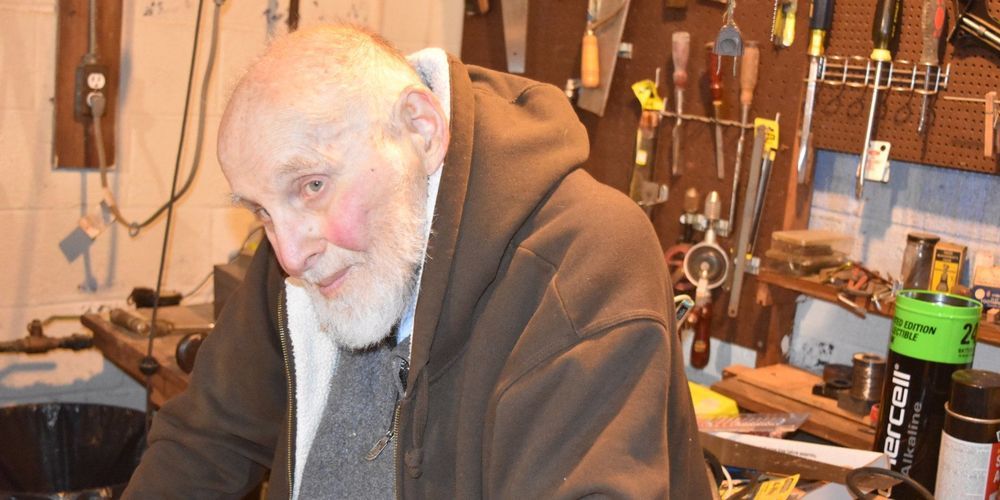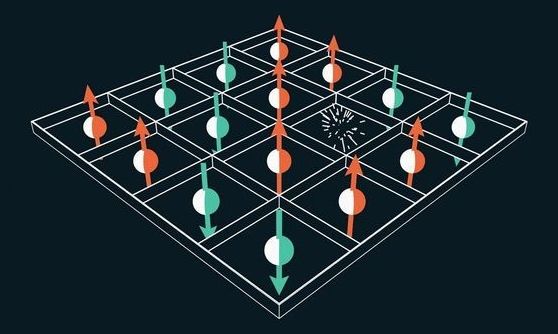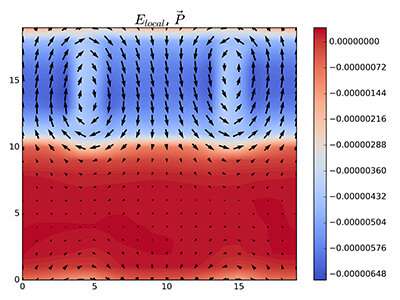Jan 30, 2019
A Robot Teaches Itself to Play Jenga. But This Is No Game
Posted by Genevieve Klien in categories: physics, robotics/AI, space
Global thermonuclear war. The slight possibility that a massive asteroid could boop Earth. Jenga. These are a few of the things that give humans debilitating anxiety.
Robots can’t solve any of these problems for us, but one machine can now brave the angst that is the crumbling tower of wooden blocks: Researchers at MIT report today in Science Robotics that they’ve engineered a robot to teach itself the complex physics of Jenga. This, though, is no game—it’s a big step in the daunting quest to get robots to manipulate objects in the real world.
You’ve read your last complimentary article this month. To read the full article, SUBSCRIBE NOW. If you’re already a subscriber, please sign in and and verify your subscription.

















